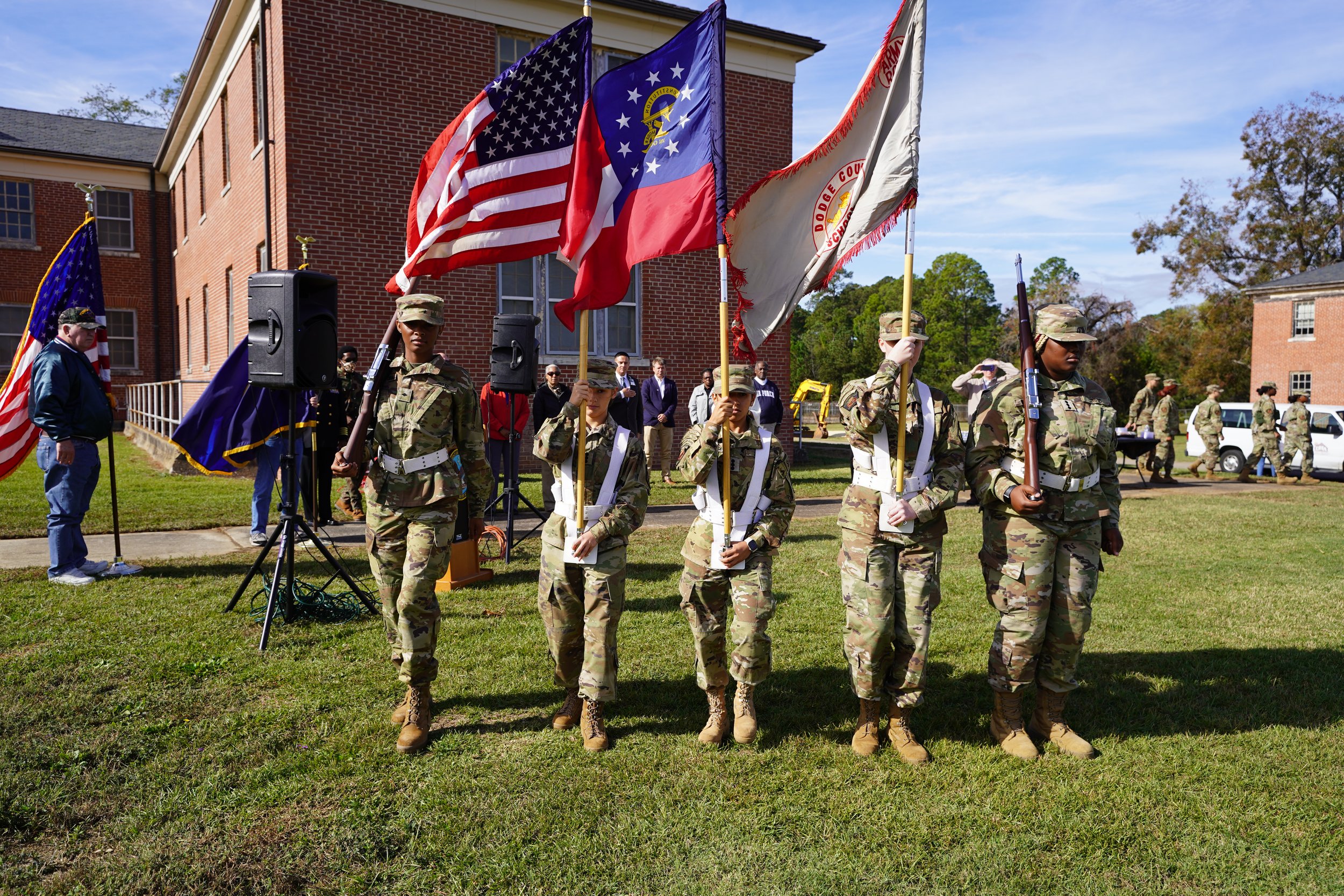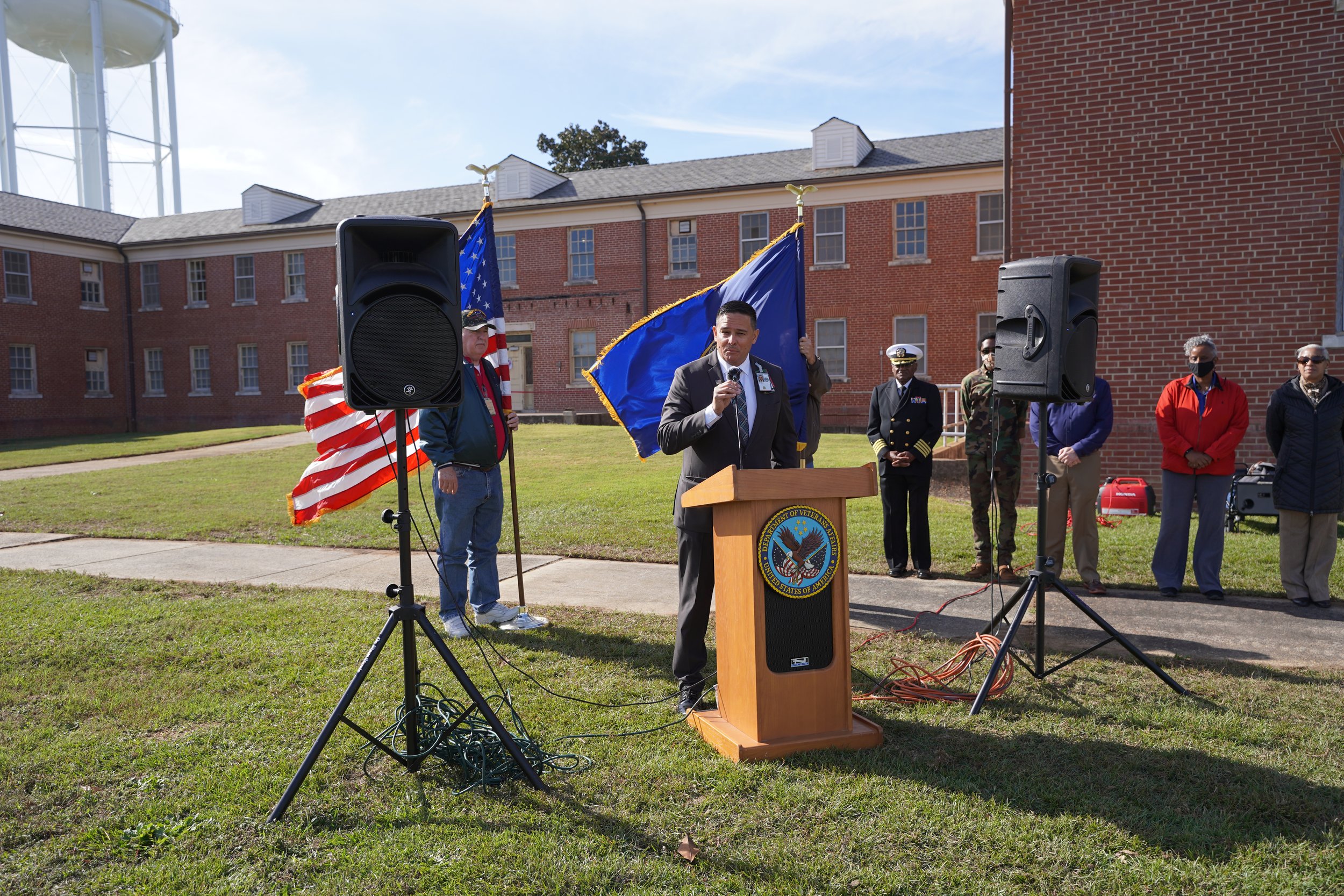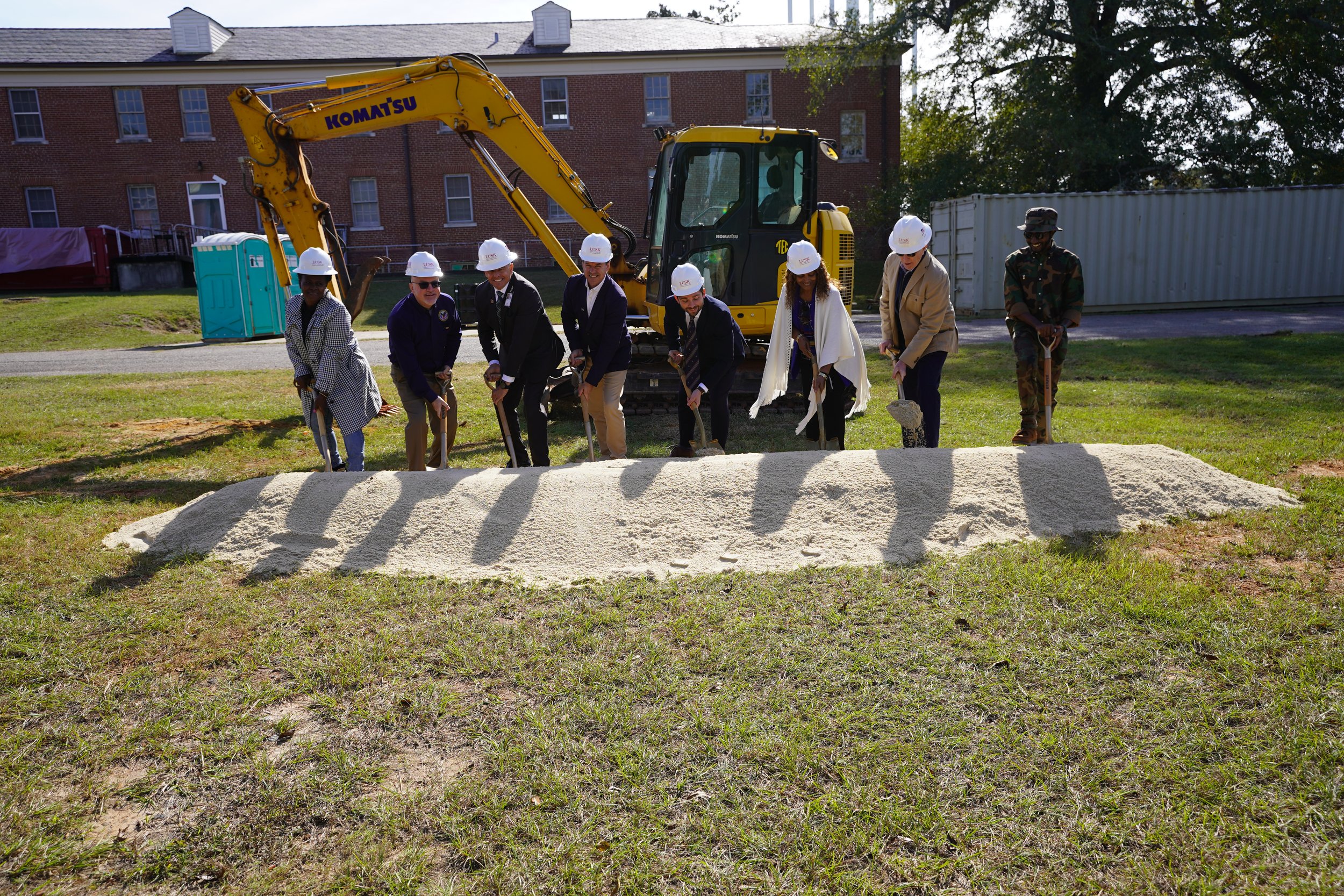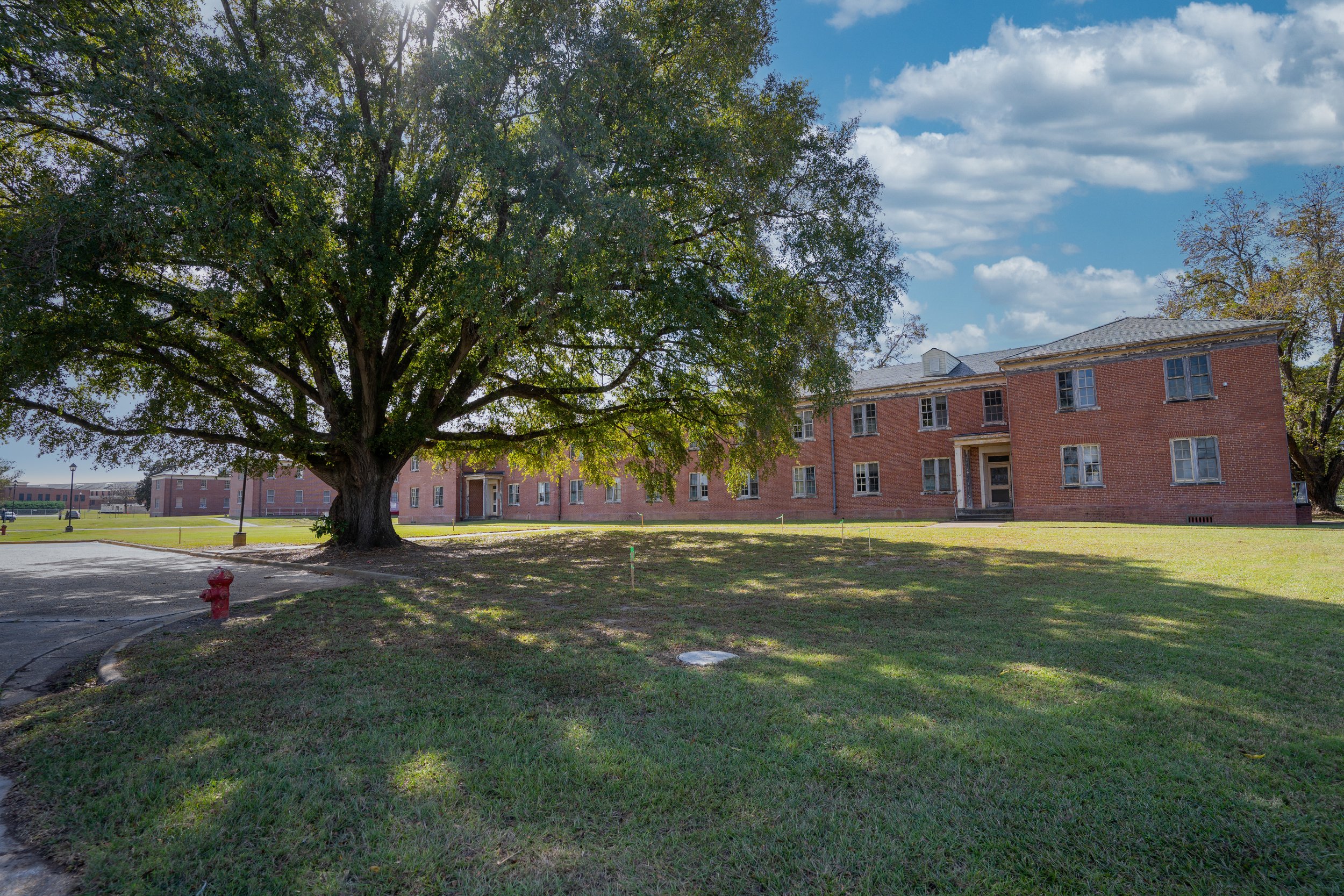Freedom’s Path at Dublin
Freedom’s Path
at Dublin, GA
For the past eight years, the US Department of Veterans Affairs has been trying to address several issues through one creative program called the Building Utilization Review and Repurposing (BURR) initiative. Based on an audit of all VA facilities done about eight years ago, it was determined that there were approximately 1,400 vacant buildings on VA Medical Center campuses. The VA was spending millions to maintain the buildings to no benefit of anyone. At the same time, it was reported through the Annual Homeless Assessment Report provided to Congress each year that there were almost 100,000 homeless Veterans across the country, not to mention the number of disabled, senior and low income Veterans who were poorly housed or grossly rent-burdened. This appalling situation was characterized as a national disgrace by politicians and bureaucrats across the political and agency landscape.
The VA decided to make a bold attempt to recruit the private sector in an effort to eliminate functional Veteran homelessness, reduce the number of vacant buildings on its campuses, and enhance the provision of services being offered to its homeless, disabled and low income Veterans through creative partnerships with developers and non-VA services providers. Using its Congressionally approved ability to lease land on its campuses (Enhanced Use Lease or EUL authority), the VA issued a total of 48 Requests for Proposals across the country for this purpose. Communities for Veterans (CFV) responded to several of these RFP’s and was eventually selected to redevelop ten properties, including this Carl Vinson VA/Dublin project. Over the ensuing years (since 2012), CFV has completed eight of the ten projects, which currently provide 423 units of housing for homeless, near homeless, disabled and senior low income Veterans in seven states. This Dublin project represents the 9th of the 10 projects to be redeveloped.
The Dublin project is located at 1826 Veterans Boulevard, Dublin, GA 31021, which is the on the campus of the Carl Vinson VA Medical Center. It includes 4.3 acres of land on which two historic VA structures are located. The buildings were constructed toward the end of World War II to handle the needs of returning Veterans from that war. Over the years with the development both of new buildings and new treatment modalities the buildings became obsolete. In 2001 they were transferred to a State agency for the purpose of providing residential services to patients with mental health challenges. However, the condition of the buildings proved too difficult and expensive to maintain, so the buildings were transferred back to the VA. Subsequently, they were offered through the RFP process referenced above, which is how CFV became involved.
This project includes the adaptive re-use and historic renovation of the two existing buildings to generate 44 (22 studio and 22 one bedroom) units and a six-unit new construction building (6 two-bedroom units) with all units having a leasing preference for Veterans who are homeless, near homeless, or disabled, who meet the income guidelines of the LIHTC program. The two-bedroom units are being developed to serve small households, which may include a male, female or two-parent household with a child.
The housing will include a preference for Veterans unless HUD-VASH vouchers are awarded at which point the community will be exclusively restricted to Veterans. Each Veteran will be housing using the Housing First approach, meaning that typical underwriting that might preclude the Veteran from being able to access standard rental housing (e.g. job history, criminal record, prior rental history) will be relaxed. The criterion for admission will be predicated on their selection for a Voucher by the administering public housing authority.
It has been shown that Veterans living with other Veterans, in proximity to the panoply of VA services that are available to them via immediate access to the VA Medical Center that an on-campus housing option affords to them has a remarkable success rate regarding remaining in permanent housing and moving forward with education, employment, and life enrichment activities. This is the model of housing and services, both VA and non-VA provided, that is being emulated here.
The City of Dublin has totally embraced this project and its goals demonstrated in part by including this area of housing in its redevelopment plans and its Georgia Institute of Community Housing housing objectives. The City is also enabling this project to move forward with various fee waivers and other concessions to typical development and operating costs.
The Dublin Housing Authority is involved as a joint venture partner with CFV, bringing local knowledge, relationships, services, and resources to the project. Further, Garrison for Veterans, a service-connected disabled Veteran owned small business is a third partner, bringing a specific, Veteran-centric focus to the development. This is in addition to the VA itself, which will provide a tremendous array of medical, pharmacy, therapeutic, and rehabilitation services to future Veteran residents.
The project will be financed using the availability of the land and buildings at no cost from the VA, federal, and state historic tax credits (the project has its Part 2 Historic Certification), along with low-income housing tax credits. This is a model of financing that CFV has used in all of its other VA projects. Given the population being served, this allows CFV the ability to utilize free cash flow to augment the VA and other non-profit services by flowing back into the project's additional financial resources.
The resident population will be drawn primarily from Veterans who are being treated at the Carl Vinson VA Medical Center as a transition from in-patient treatment programs to an out-patient locally housed situation. Further, Veterans reporting to the medical center as homeless or near homeless will be referred by the homeless coordinator for HUD-VASH voucher approval, or if resources through disability payments or other income can ensure the payment of rents, through direct provision of housing at the property. The point here is that the VA Medical Center will be the primary locus of identification of Veterans who would need and benefit from the housing.
The project will be managed by Cushman Wakefield Living, a nationally recognized affordable housing property manager that manages all of the other CFV-developed Veteran projects around the country.





